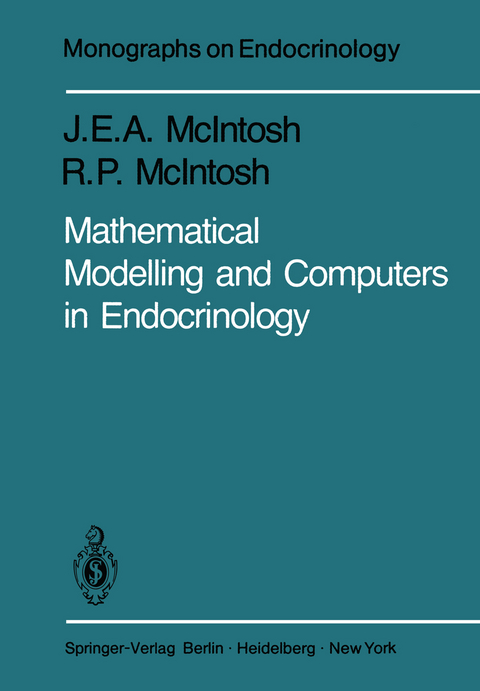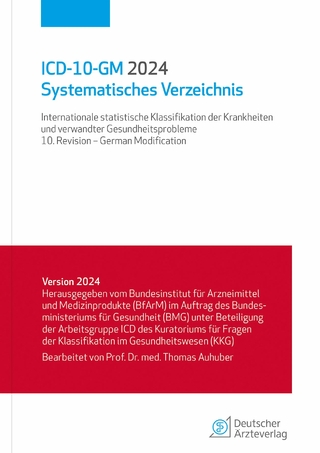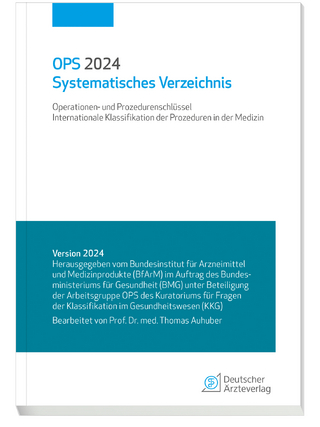
Mathematical Modelling and Computers in Endocrinology
Springer Berlin (Verlag)
978-3-642-81403-7 (ISBN)
1 Modelling in Biology.- 1.1 The Nature of Scientific Models.- 1.2 Clarity from Complexity.- 1.3 Experimental Data.- 1.4 Predictions from Models - Simulation.- 1.5 A Model of Complexity Producing Organized Simplicity.- 1.6 Subjectivity in Modelling.- 1.7 Mathematics in Modelling.- 1.8 Computers and Models.- 1.9 Description of Models.- 1.10 Modelling in Perspective.- 1.11 Advantages in Modelling.- 2 Mathematical Descriptions of Biological Models.- 2.1 Theoretical Modelling - Analysis of Mechanism.- 2.2 Linearity and Non-Linearity.- 2.3 Empirical Modelling - a Description of System Response.- 2.4 Point Stability in Models.- 2.5 Concepts of Feedback.- 2.6 Biological Development and Mathematics Beyond Instability.- 2.7 Finite Level Modelling.- 2.8 The Need for Statistics.- 3 Comparing Models with Experimental Results.- 3.1 Analogue Simulation.- 3.2 Approximate Simulation by Digital Computer.- 3.3 Suitable Digital Computers.- 3.4 Estimation of Parameters.- 3.5 Practical Details of Fitting Non-Linear Models to Data.- 3.6 Models Containing Differential Equations.- 3.7 Using the Computer to Fit Models to Data.- 4 Design of Analytical Experiments.- 4.1 Principles of Design.- 4.2 Sequential Design.- 5 Dynamic Systems: Clearance and Compartmental Analysis.- 5.1 Clearance.- 5.2 Compartmental Analysis.- 6 Ligand-Protein Interaction and Competitive Displacement Assays.- 6.1 Interactions Between Ligands and Macromolecules.- 6.2 Competitive Protein-Binding Assays.- 7 Mathematical Modelling of Biological Rhythms.- 7.1 Biological Rhythms: Experimental Evidence.- 7.2 The Contribution of Mathematics.- 7.3 Response of Rhythms to Stimuli - Rhythm Coupling.- 7.4 Rhythms, Endocrinology and Biological Control.- 7.5 Empirical Characterization of Rhythms from Data.- 8 Large Systems:Modelling Ovulatory Cycles.- 8.1 Modelling the Ovulatory Cycle.- 8.2 A Description of the Ovulatory Cycle.- 8.3 Use of Differential Equations with Cyclic Solutions.- 8.4 Use of a Threshold Discontinuity to Produce Cyclicity.- 8.5 A Physiologically Based Model of the Rat Oestrous Cycle.- 8.6 An Empirical Model of the Rat Oestrous Cycle Controlled by Time.- 8.7 An Attempt to Include More Variables.- 8.8 Eliminating the Differential Equations: A Finite Level Model.- 8.9 A "Complete" Description.- 8.10 Conclusions.- 9 Stochastic Models.- 9.1 Non-Parametric Statistical Models.- 9.2 Multivariate Analysis.- 10 Appendix A: A Summary of Relevant Statistics.- 10.1 Variance, Standard Deviation and Weight.- 10.2 The Propagation of Variance.- 10.3 Covariance and Correlation.- 10.4 z-Scores, or Standardized Measures.- 10.5 Testing Hypotheses.- 10.6 Runs-Test.- 10.7 Chi-Square Test.- 10.8 Tests of Normality of Distribution.- 10.9 Comparing Two Parameters: The r-Test.- 10.10 Comparing Any Number of Parameters: Analysis of Variance.- 10.11 The Variance Ratio or F-Test.- 10.12 Confidence Intervals.- 10.13 Control Charts.- 11 Appendix B: Computer Programs.- 11.1 MODFIT: A General Model-Fitting Program.- 11.2 SIMUL: A Program for Monte Carlo Simulation.- 11.3 FUNCTN Subprogram RESERVR: Exponential Decay.- 11.4 FUNCTN Subprogram EXPCUBE: Growth of Organisms.- 11.5 FUNCTN Subprogram POLYNOM: General Polynomial.- 11.6 FUNCTN Subprogram FOLL: Growth of Ovarian Follicles.- 11.7 DESIGN: A Program for Efficient Experimental Design.- 11.8 FUNCTN Subprogram CAI: Compartmental Analysis.- 11.9 FUNCTN Subprogram CA2: Compartmental Analysis.- 11.10 FUNCTN Subprogram CA2A: Compartmental Analysis.- 11.11 FUNCTN Subprogram CA3: Compartmental Analysis.- 11.12 FUNCTN Subprogram MASSACT: LigandBinding.- 11.13 FUNCTN Subprogram GENBIND: Ligand Binding.- 11.14 FUNCTN Subprogram RIA: Competitive Protein-Binding.- 11.15 FUNCTN Subprogram RIAH: Competitive Protein-Binding.- 11.16 FUNCTN Subprogram SIN: Rhythmical Data.- 11.17 FUNCTN Subprogram LIMIT: Limit Cycles.- 11.18 Other Programs for Fitting Non-Linear Models to Data.- 12 Appendix C: Analytical Integration by Laplace Transform.- References.
| Erscheint lt. Verlag | 16.12.2011 |
|---|---|
| Reihe/Serie | Monographs on Endocrinology |
| Zusatzinfo | XII, 340 p. |
| Verlagsort | Berlin |
| Sprache | englisch |
| Maße | 170 x 244 mm |
| Gewicht | 614 g |
| Themenwelt | Informatik ► Weitere Themen ► Bioinformatik |
| Mathematik / Informatik ► Mathematik ► Angewandte Mathematik | |
| Medizinische Fachgebiete ► Innere Medizin ► Endokrinologie | |
| Schlagworte | endocrinology • Mathematica • Mathematics • Modeling |
| ISBN-10 | 3-642-81403-4 / 3642814034 |
| ISBN-13 | 978-3-642-81403-7 / 9783642814037 |
| Zustand | Neuware |
| Haben Sie eine Frage zum Produkt? |
aus dem Bereich


